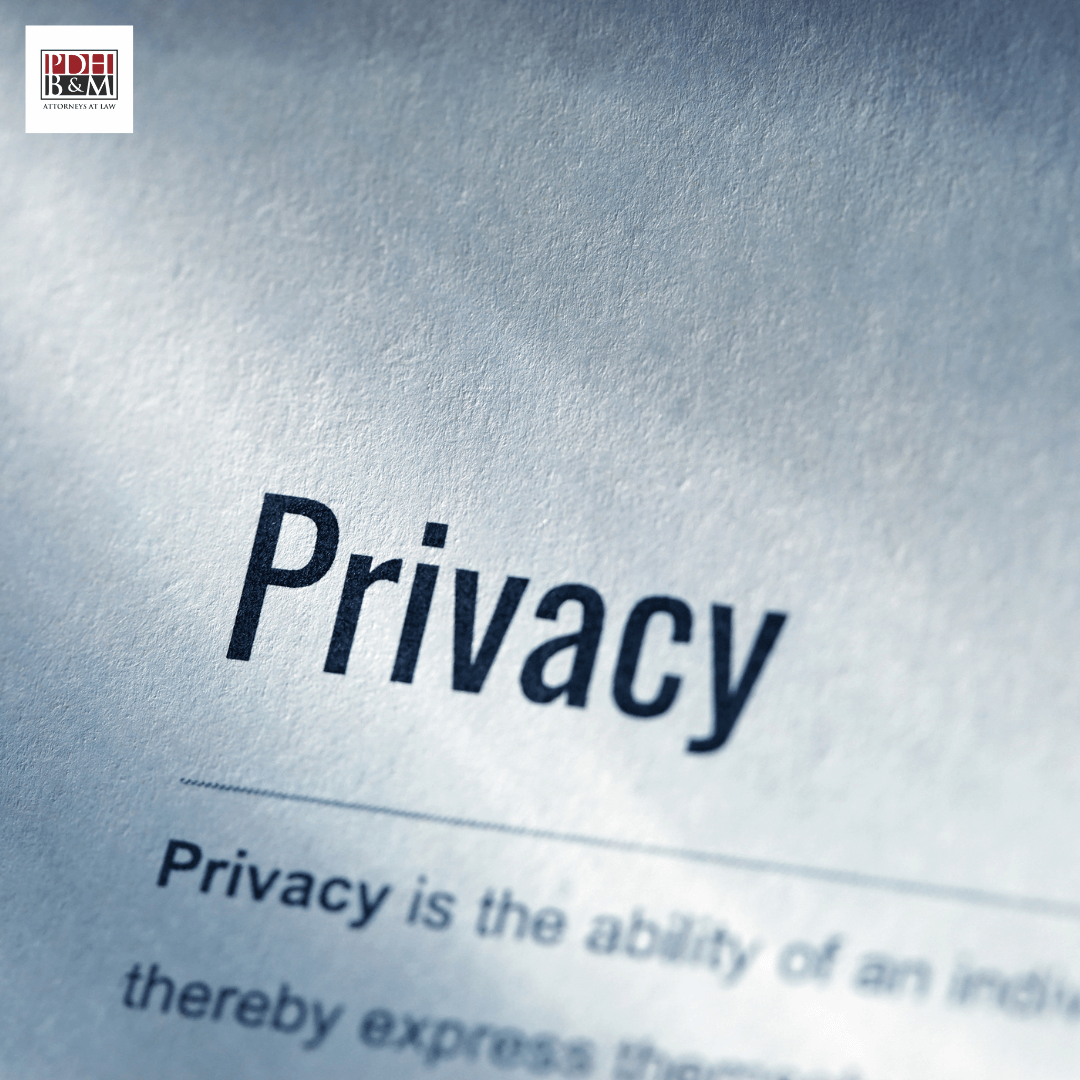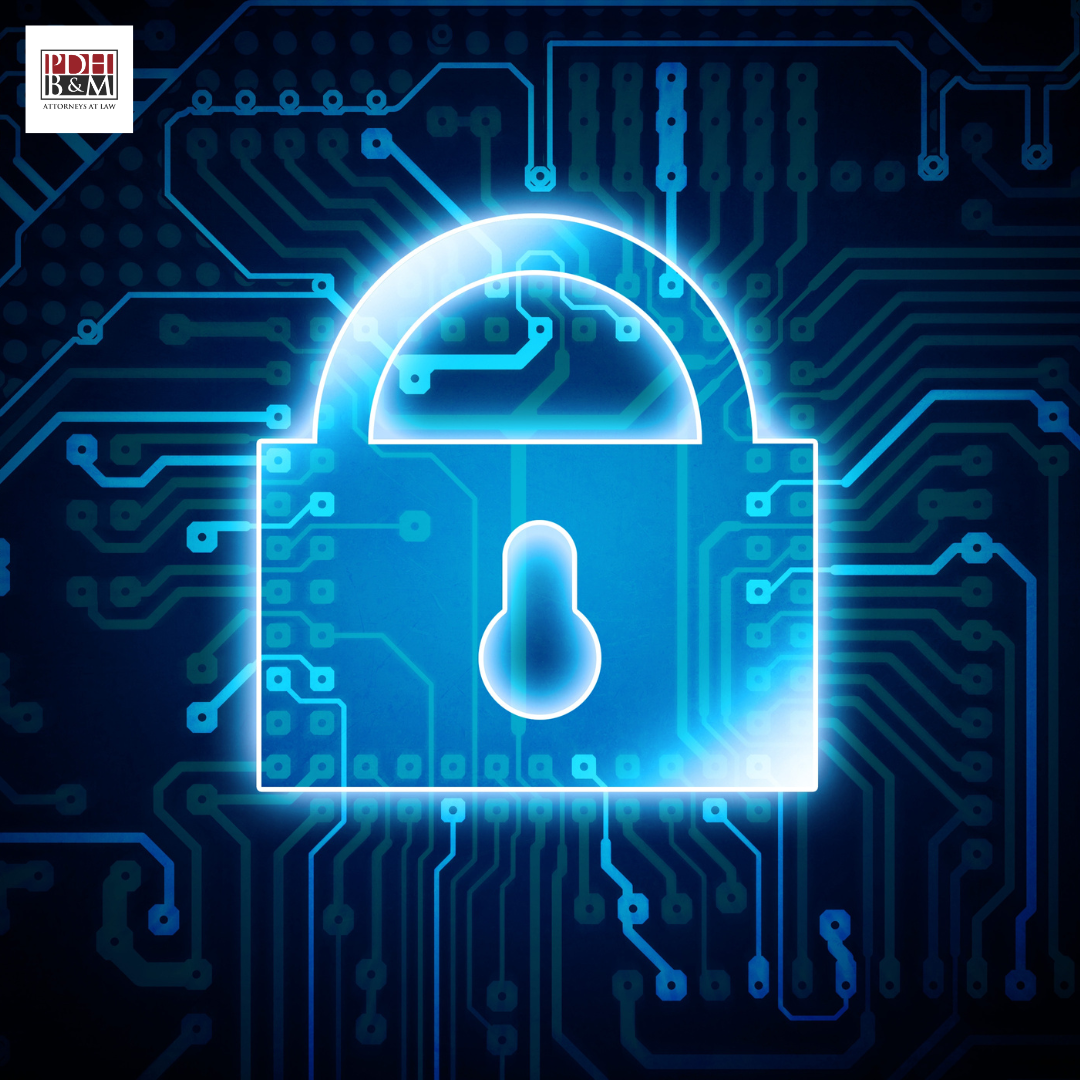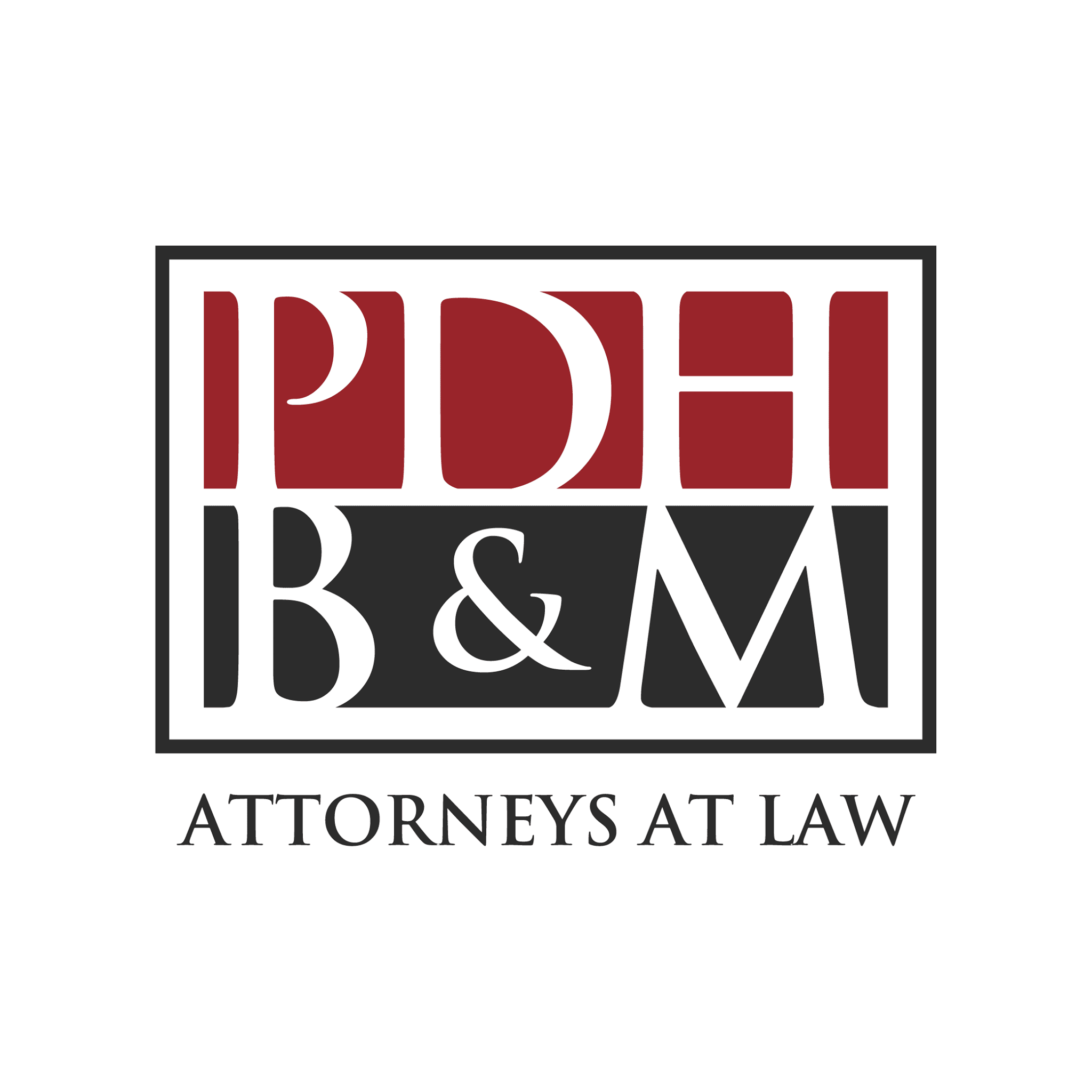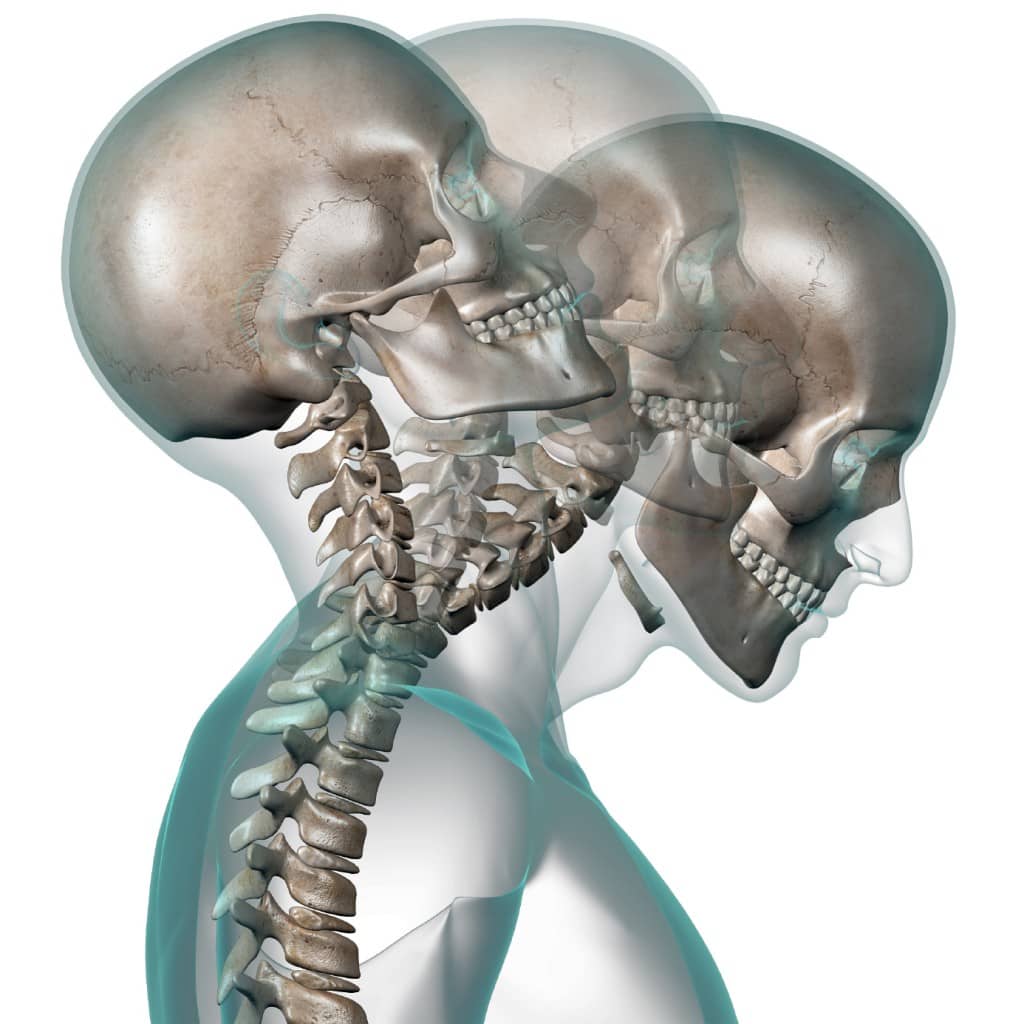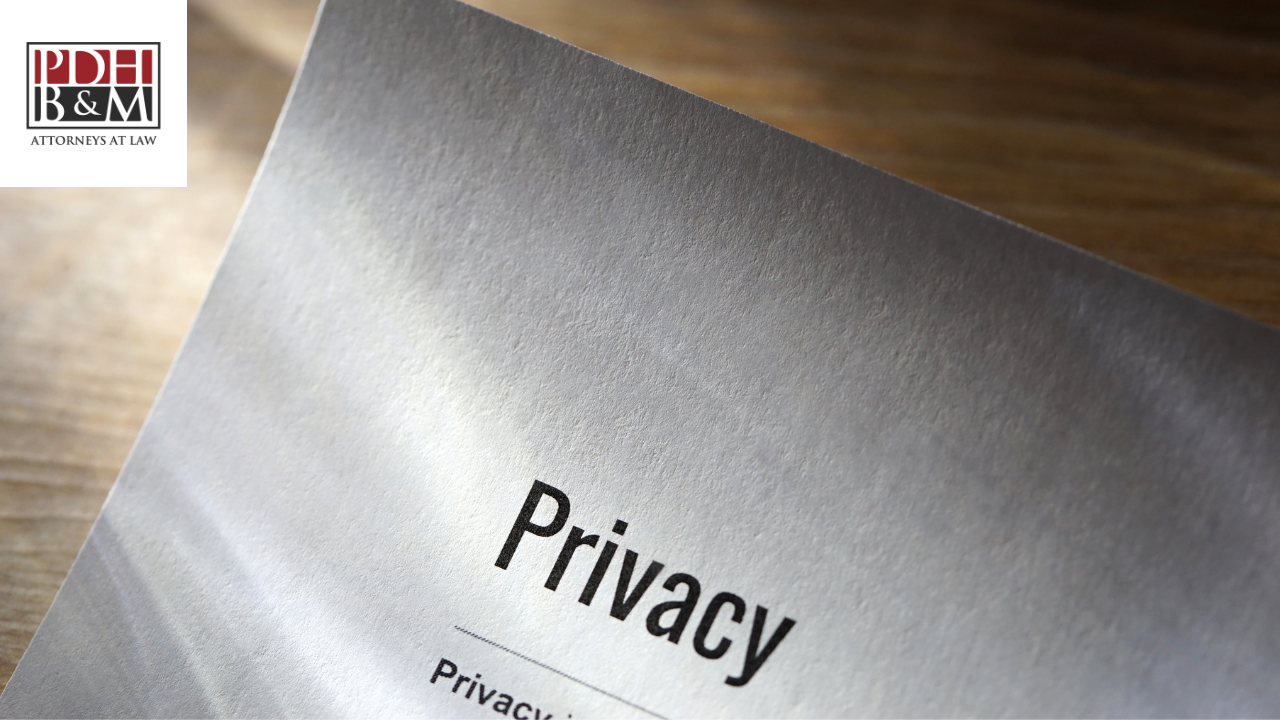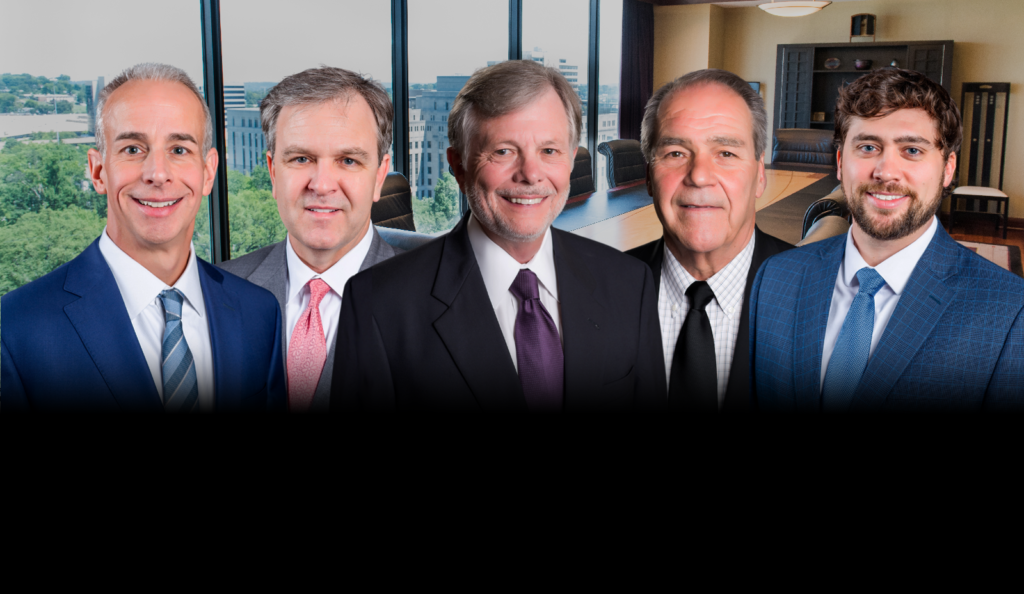Who Is Responsible When Driverless Cars Crash?
The driverless car has officially expanded beyond the futuristic concept of high-end manufacturers. Companies renowned for reliability and safety—such as Toyota, Honda, and Ford—are throwing their efforts (and their investment dollars) into self-driving car R&D. The reason is simple: these companies believe that cars with driverless technology have the potential to improve driver safety.
But as driverless car technology has developed, and with it more test drives attempted, there has been a greater incidence of crashes with these self-driving vehicles. The mounting number of driverless car crashes creates more questions not just about the technology, but about the legal implications around self-driving car accidents.
Who Is Responsible When Driverless Cars Crash?
When any car accident takes place, the first question on everyone’s mind is who is liable? That question becomes much more complicated to answer in a case of a driverless car accident.
This problem was highlighted in May 2016 by the tragic car crash that took place in Williston, Florida when a semi-truck made a left turn in front of a self-driving Tesla. The incident raised many questions about the trustworthiness of a system that failed to recognize and stop an unmistakable emergency situation.
Many personal injury and product liability attorneys are contemplating this question and anticipate more cases of this nature as car manufacturers push forward with autonomous driving technology. Far from lightening the workload of personal injury attorneys, it seems as though driverless car technology could just as easily bring in a lot more work in the coming years. And at this point, it is unclear if the driver of a traditional vehicle would have a claim against the “driver” of an autonomous vehicle. In fact, it may be possible that both drivers would have a claim against the vehicle manufacturer for the autonomous technology not working well enough.
Other Legal Questions
You may think that the definition of “safe driving” is the same no matter where you are in the United States. However, driving rules can differ greatly from one state to another.
For example, most states have laws about what constitutes a safe distance between vehicles on the road. Some driving codes specify the number of feet that should be maintained between bumpers, while other codes simply direct drivers to keep a “reasonable and prudent” distance.
This law may invalidate one of the purported advantages of autonomous driving vehicles. That advantage is that self-driving cars could be programmed to drive bumper-to-bumper at highway speeds. The theoretical benefit is fuel efficiency and reduced congestion, but the logistics of regulating that distance could be a nightmare, particularly if the self-driving cars are sharing the highway with traditional vehicles.
In another example, some states’ laws dictate that safe driving involves a driver keeping their hands on the wheel at all times. In the event of a crash, this would be an important point to prove regarding liability. But where does that leave the passengers in a self-driving car crash?
To clarify this point and many others like it, the U.S. Department of Transportation is working to formulate a new set of traffic guidelines that merges the two concepts.
“The idea here is to try to avoid a conflict between safety and innovation,” said one federal official working on the U.S. Department of Transportation’s new set of traffic guidelines for self-driving cars.
Safety Enforcement for Driverless Cars
Another big question is who would be responsible for enforcing these guidelines. Up to this time, the federal government has only regulated vehicle safety, leaving driving law enforcement up to individual states. But if autonomous driving technology is federally regulated to a uniform standard, it would seem necessary for there to also be a uniform standard to state traffic laws.
As the Washington Post reports, “Without some guidelines, both state laws and technological advances may end up at odds with one another.”
In the meantime, while technology and the state work out their differences, personal injury attorneys might as well prepare for a heavier-than-usual workload. The number of driverless car crashes may still be minimal, but proving liability in these cases is likely to take a lot more time and effort.

